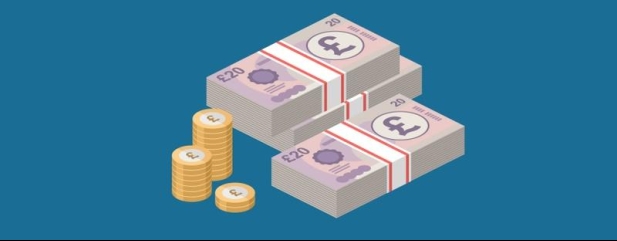Archived article
Please note that tax, investment, pension and ISA rules can change and the information and any views contained in this article may now be inaccurate.
How to avoid the great cash swindle

Life as a cash saver is great now interest rates are higher right? Wrong, for a lot of people. While the very best rates available on the market are comfortably beating the rate of inflation, a lot of cash is still languishing in accounts paying miggins in interest, if that.
Bank of England data shows that £253 billion is sitting in bank and building society accounts paying precisely zero interest. This is money which is simply wasting away once the effect of inflation is considered. It would hold as much value stuffed into a mattress, if you could find one that would hold a quarter of a trillion quid.
ON THE RISE SINCE THE FINANCIAL CRISIS
The amount of money held in accounts paying no interest has been on the rise since the financial crisis, as a result of low interest rates and bank funding schemes introduced by the Bank of England. Between March 2009, when interest rates were cut to the emergency level of 0.5%, and October 2022, this inert cash pile rose from £58 billion to a peak of £272 billion, according to Bank of England data.
Given the dramatic rise in interest rates over the last few years, you might have expected this cash mountain to crumble away. But while it has been trimmed back to ‘only’ £253 billion, there hasn’t been a wholesale sea change. The last time interest rates were at 5.25% as they are now, in April 2008, there was £33 billion held by households in accounts paying no interest. Even accounting for the increased stock of household savings over that period, that still looks like a phenomenal explosion in this type of account and suggests banks and building societies are making hay with large swathes of savers’ cash.
Even cash held in instant access accounts that do pay interest isn’t providing savers a whole hill of beans in interest. The average rate on cash held in instant access accounts is currently 2.1%, again according to the Bank of England. That’s below the rate of inflation and compares very unfavourably to top savings accounts on the market, which are paying in excess of 5% per annum.
Tips to avoid a low interest rate trap
Savers can simply wait for banks and building societies to improve rates on these accounts, but on current form, which looks like it’s going to be a glacial process. For those who want to act themselves to avoid falling into a low interest rate trap, here are five pointers.
Important information:
These articles are provided by Shares magazine which is published by AJ Bell Media, a part of AJ Bell. Shares is not written by AJ Bell.
Shares is provided for your general information and use and is not a personal recommendation to invest. It is not intended to be relied upon by you in making or not making any investment decisions. The investments referred to in these articles will not be suitable for all investors. If in doubt please seek appropriate independent financial advice.
Investors acting on the information in these articles do so at their own risk and AJ Bell Media and its staff do not accept liability for losses suffered by investors as a result of their investment decisions.
Issue contents
Danni Hewson
Editor's View
Education
Feature
Great Ideas
News
- Troubles at Coral and Ladbrokes owner Entain spark break-up talk
- Future shares skyrocket as publishing firm hails ‘return to organic growth’
- Chinese government proposes state ‘rescue’ of unsold properties
- Is the airline sector facing a turbulent summer?
- Keywords Studios on brink of leaving the market as private equity strikes again
 magazine
magazine








